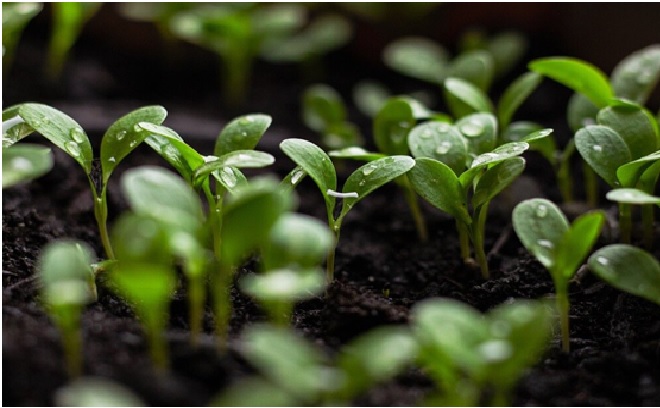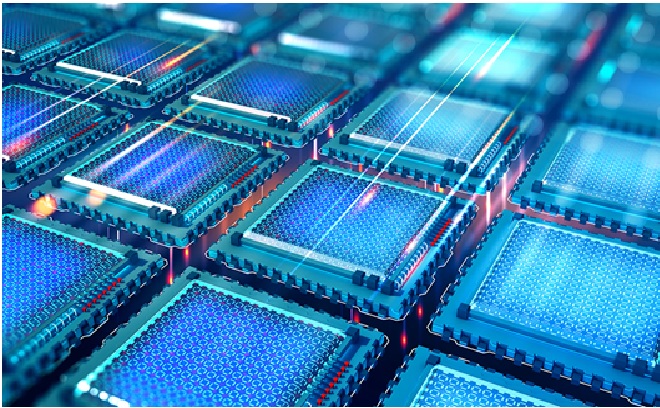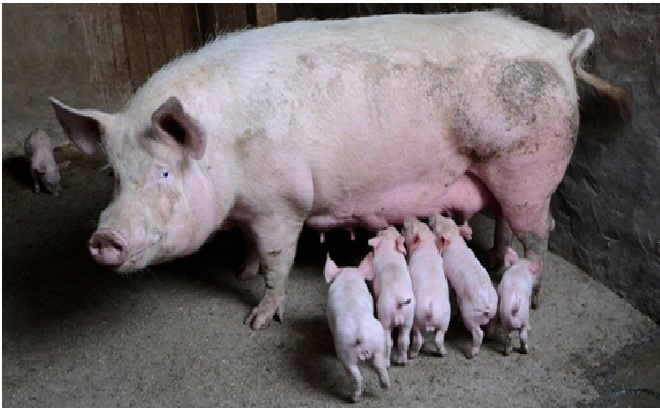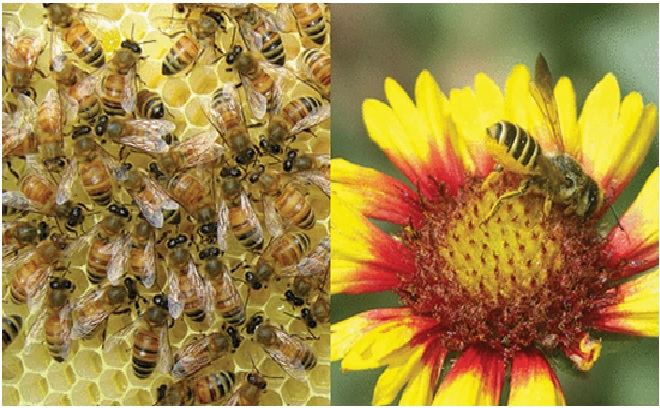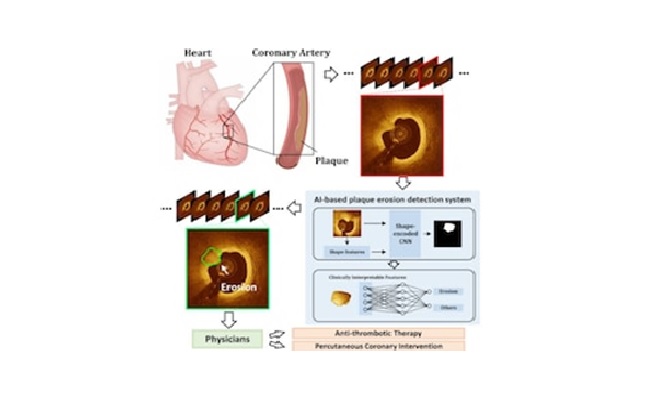Artificial Photosynthesis Can Produce Food in Complete Darkness
Growing plants in the dark sounds like something out of science fiction, but a new breakthrough has brought it closer to reality. The development could lead to new ways of growing food in a world wracked by climate change, researchers have said. The electrocatalytic process allows plants – in this case green algae – to grow in the dark, powered by carbon dioxide, electricity and water.
Scientists have said that the new process is 18 times more efficient than natural photosynthesis at converting energy into food. Photosynthesis has evolved in plants for millions of years to turn water, carbon dioxide, and the energy from sunlight into the foods we eat. [1]
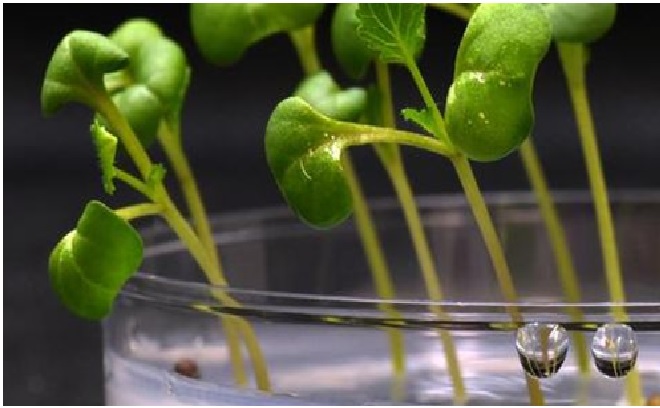
Figure 1. The Artificial Photosynthesis Can Produce Food in Complete Darkness
Figure 1 shows in order to integrate all the components of the system together, the output of the electrolyzer was optimized to support the growth of food-producing organisms. Electrolyzers are devices that use electricity to convert raw materials like carbon dioxide into useful molecules and products. The amount of acetate produced was increased while the amount of salt used was decreased, resulting in the highest levels of acetate ever produced in an electrolyzer to date. [2]
The problem with natural photosynthesis:
Most plant life needs a combination of sunlight, carbon dioxide, water and nutritious soil to grow. But plants do not make as effective use of sunlight as they could. It's thought that plants are typically able to convert less than 5% of the light energy they absorb into food energy.
Some scientists argue that if we found a way to make photosynthesis in plants more efficient, we could grow more food much quicker - which might solve issues with food supply and shortages around the world. [3]
“Using artificial photosynthesis approaches to produce food could be a paradigm shift for how we feed people. By increasing the efficiency of food production, less land is needed, lessening the impact agriculture has on the environment. And for agriculture in non-traditional environments, like outer space, the increased energy efficiency could help feed more crew members with less inputs,” said Jinkerson.
This approach to food production was submitted to NASA’s Deep Space Food Challenge where it was a Phase I winner. The Deep Space Food Challenge is an international competition where prizes are awarded to teams to create novel and game-changing food technologies that require minimal inputs and maximize safe, nutritious, and palatable food outputs for long-duration space missions. [4]
References:
- https://uk.news.yahoo.com/scientists-grow-food-in-complete-darkness-using-artificial-photosynthesis-152220000.html
- https://scitechdaily.com/artificial-photosynthesis-can-produce-food-in-complete-darkness/
- https://www.bbc.co.uk/newsround/61951793
- https://news.ucr.edu/articles/2022/06/23/artificial-photosynthesis-can-produce-food-without-sunshine
Cite this article:
Thanusri swetha J (2022), Artificial Photosynthesis Can Produce Food in Complete Darkness, AnaTechMaz, pp.122






